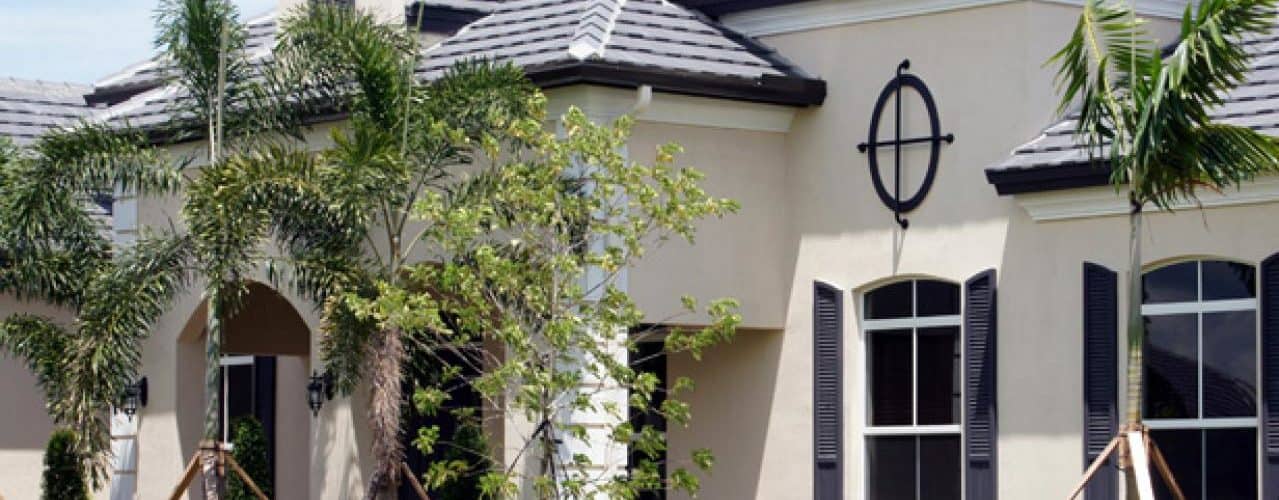If you are going to paint the exterior of a house, there is no doubt that you want to get it right. Make one mistake and you can be the laughing stock of the town. You will therefore have to take your time, gather all the required materials and take everything step by step to achieve a lovely finish.
The type of paint and preparation method that you will take will depend on the type of surface the exterior of the house has. Is the exterior of the house made of wood, metal or masonry? When you head down to the supplies store, let the salesman know what type of surface you will be working with so that you do not buy the wrong things, thus wasting time and a lot of money.
Here are the steps that you will have to follow to achieve the best results when painting the exterior of your house. The vast majority of these steps are for preparation of the job to be done, which is the most important and time consuming part of painting anything.
1. The first thing that you have to do is to look over all the damaged surfaces. These damaged spots will have to be fixed or replaced no matter what kind of surface you’re working with.
2. After repairing the damaged surfaces, it is time for some cleaning. Thoroughly wash off all the surfaces that are going to be painted. A high-pressure water sprayer will make your work easier. There is no need for you to go through the extra expense of buying one as they are also available for rent. Wait until all the surfaces are completely dry.
3. When the surface has dried, you need to remove any of the old loose and cracked paint. You can go all the way down to the raw surfaces if you have to. For this job, you need sandpaper or a paint scraper. You should also carry a small drop cloth along with you to catch any of the loose paint.
There are a lot of people who prefer to have the whole house sandblasted because it is easier and quickly leaves an even, finished surface. If you are going to go with this option, then make sure that you get a licensed professional to do it for you.
4. The next thing that you have to do is to cover up all the nails and screw holes. For the best possible outcome, fill in scratches too.
5. Caulk corners where any material meets another type of material. Make sure it is high-grade exterior caulk like silicone. If you have any other woodwork repairs to be done, then this is the time to do them. Use some epoxy filler for any of the serious repairs.
6. Wherever there is a dark stain that may make the shade of your paint look different, cover it with a stain blocking primer. You can also add primers made for mildew.
7. Sand all the glossy surfaces so that you can give the paint a rough surface to adhere to. There are also paint deglossers that you can use on all these glossy surfaces.
8. The next step is to cover everything that you do not want paint to get on as it will be difficult or virtually impossible to remove. This includes lighting fixtures, window screens, cars, plants and practically anything else near the painting surface that you want to stay paint-free. Obviously, there’s no need to cover the grass; simply cut it in a week or two to remove the painted bits.
9. According to the type of surface, apply primer. Each and every different type of surface has it’s own kind of primer. And yes, actual primer is necessary and not just white paint.
10. After the primer is dry, you are good to go. Apply at least two coats of exterior paint.



